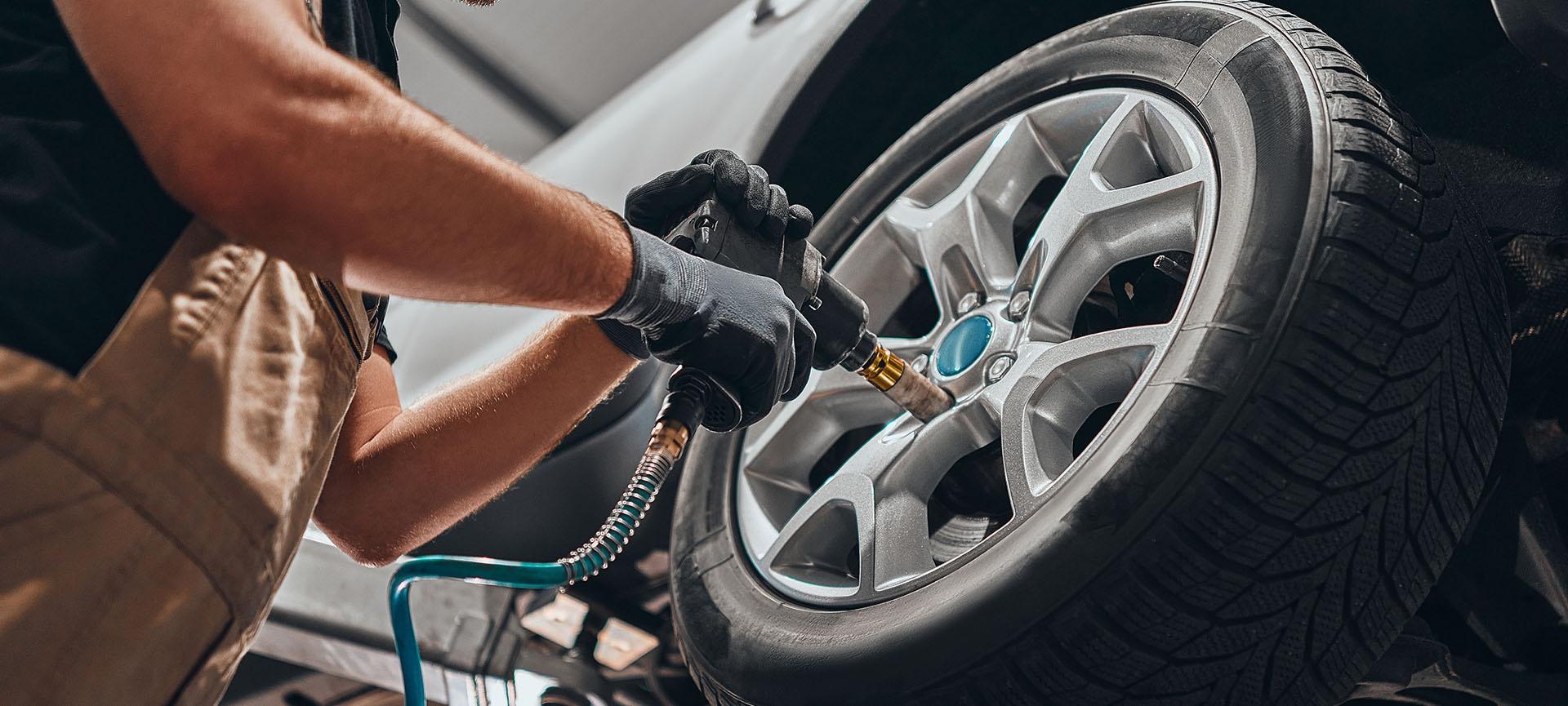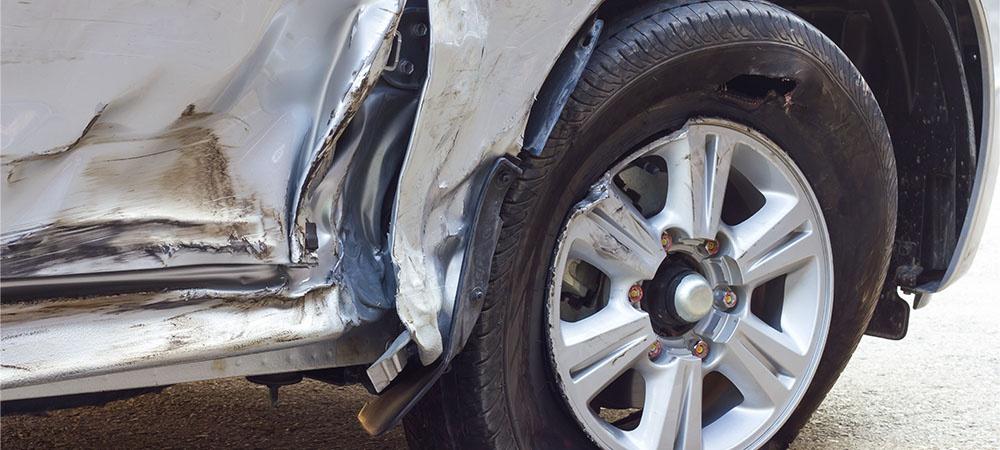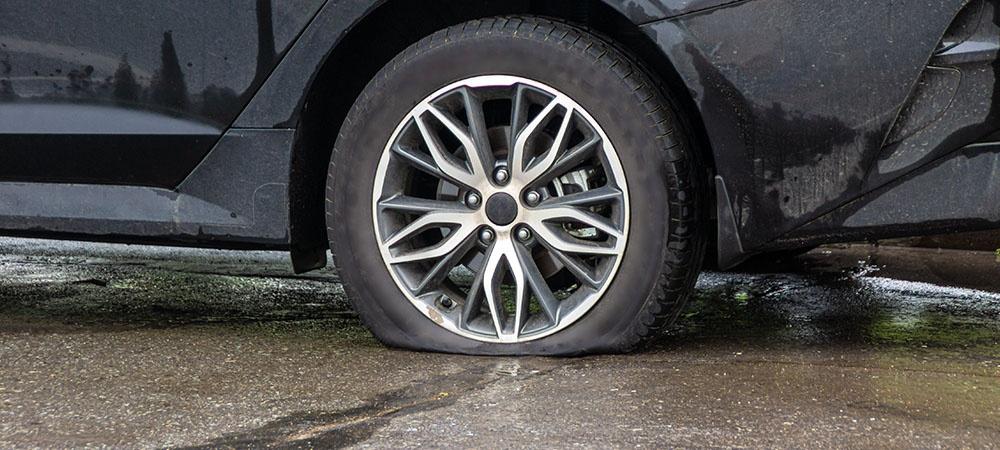As the only things connecting you to the road, it would be fair to say that the wheels are the most important part of your car. Due to this, it’s a great idea to know what the common problems with wheels are and how you can fix them.
We’ve found six common issues that you need to know about. We’ll take a look at how they happen, and what you can do about it. Let’s get started by looking at the most serious issue of all.
1. Cracked Rims
Cracked rims are a common problem for car owners. The most common cause of cracked rims is driving over potholes or other uneven surfaces. This can send a juddering force through your car and crack the rim. Sometimes, the damage may be fairly superficial and can be fixed with a simple weld.
However, in other cases, the damage may be more serious and require the replacement of the entire rim. If you’re lucky enough to have a spare rim on hand, you can swap out the damaged one for the spare.
If not, you’ll need to purchase a new rim from a dealership or auto parts store. Either way, getting the problem fixed as soon as possible is important to avoid further damage to your car. This is one common wheel problem where fixing it often isn’t possible.
2. Bent Rims
Bent rims also occur when the impact of hitting a pothole or other object is too much for the rim to bear. The result is a wheel that’s out of alignment and can’t rotate smoothly. Not only does this make for an uncomfortable ride, but it can also cause premature tire wear.
The good news is that bent rims can usually be fixed. However, depending on the extent of the damage, it may be necessary to replace the entire rim. If you’re unsure whether your rim can be fixed, it’s best to take it to a certified mechanic for an inspection.
They’ll be able to tell you for sure and help you get your car back on the road in no time. There’s more chance of a bent rim being repaired than a cracked one, but sometimes the bend is so severe that bending it back in place would compromise the rim’s structural integrity.
You can technically do this repair yourself, but it’s not worth it. For the best results and peace of mind, it’s best to leave it to the professionals and their specialist equipment.
3. Scuffed Rims
Scuffed rims are a common problem for car owners. But what exactly are they, and how can you fix them? Scuffed rims are when the paint or finish on your car’s wheels becomes scratched or chipped.
This can happen for several reasons, from driving over potholes to accidentally hitting a curb. The good news is that scuffed rims are relatively easy to fix. You’ll need to start by sanding down the damaged area to remove any loose paint or debris.
Once the area is smooth, you can apply putty and a new layer of paint. Be sure to let the paint dry completely before driving your car again, and you can then apply lacquer for a more resistant finish. With a little time and effort, your car’s rims look as good as new.
4. Uneven Tire Wear
Have you ever wondered why your car’s tires wear down unevenly? Don’t worry, it’s not due to your driving style! Uneven tire wear can be caused by several factors, including misaligned wheels, incorrect tire pressure, and even the weight distribution of your vehicle.
Fortunately, there are a few ways to fix the problem. The first step is to have your wheels aligned. This will ensure that they’re pointing in the right direction and help evenly distribute your car’s weight.
You should also check your tire pressure regularly and inflate or deflate your tires as needed. Finally, try to distribute the weight of your car evenly by placing heavy items closer to the center of the vehicle.
By taking these steps, you can help to ensure that your tires wear down evenly and last for a long time. However, unless you caught it early, your existing tires will likely need to be replaced.
5. Slow Puncture
Have you ever been driving along and suddenly felt your car start to shake? Or maybe you’ve noticed that your car seems to be taking longer to stop than it used to. Your car may also be pulling slightly to one side.
These are all signs that you may have a slow puncture. A slow puncture is a small hole in your tire that gradually gets bigger over time. Eventually, the hole will get big enough that your tire will go flat. To fix a slow puncture, you’ll need to patch or replace the tire.
Patching the tire is a temporary fix, but it will usually last for several months. Replacing the tire is a more permanent solution, but it can be more expensive. Either way, it’s important to get the problem fixed as soon as possible so you can avoid having a flat tire.
6. Build Up of Brake Dust
As any car owner knows, brake dust can be a real pain to deal with. Not only is it unsightly, but it can also be difficult to remove once it’s built up. But what exactly is brake dust? Brake dust is simply a build-up of debris on your brakes.
Over time, the pads and shoes wear down, leaving behind a fine powder that can accumulate on the wheels and tires. This isn’t just an aesthetic issue, as the dust can damage alloy wheels and even affect your braking performance.
While there’s no easy way to prevent brake dust, you can do a few things to minimize its formation. For one, make sure to clean your wheels regularly. This will help to remove any build-up that has already occurred. Additionally, avoid using your brakes excessively, as this can cause the pads and shoes to wear down more quickly.
Finally, have your brakes regularly serviced to ensure they are in good condition. By following these simple tips, you can help keep brake dust under control.




